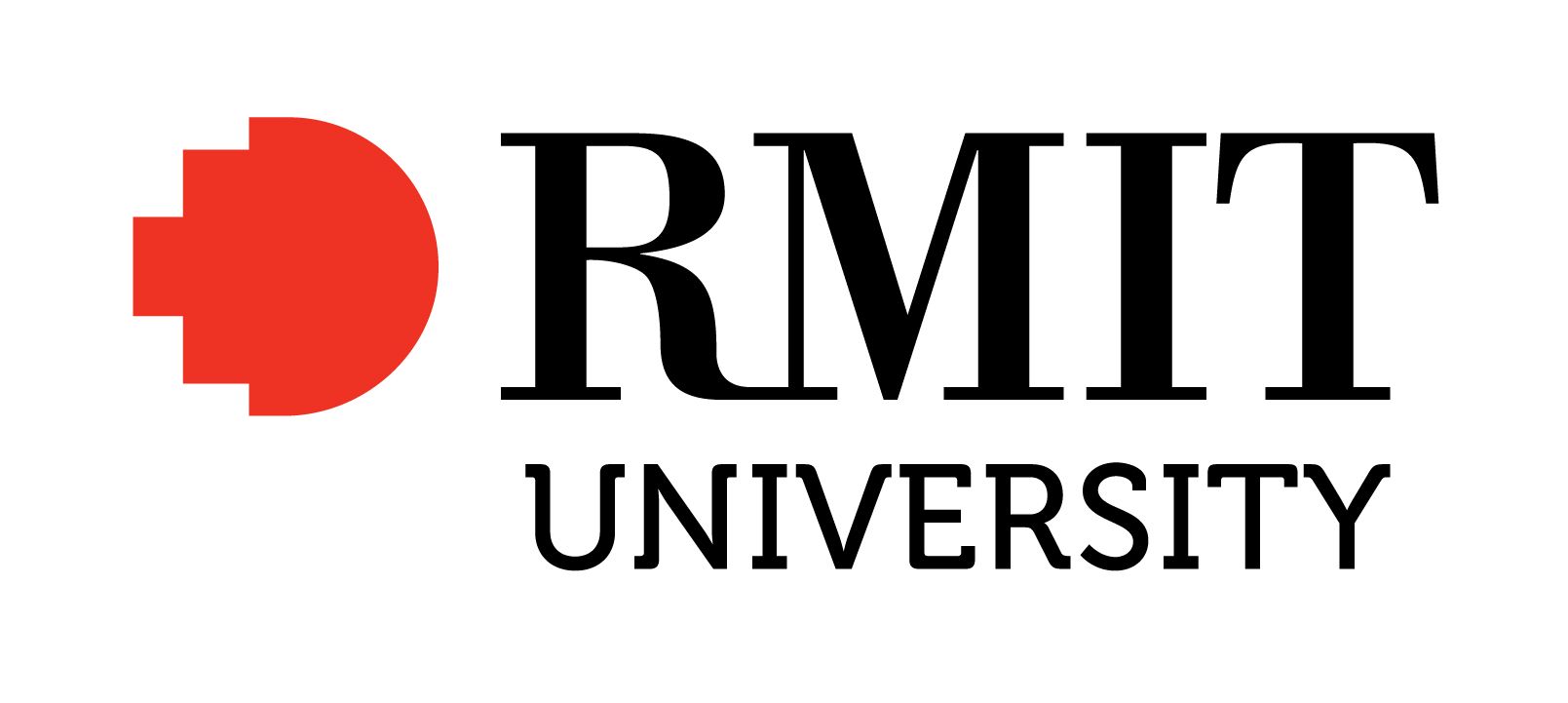Full description
1. Cities are rapidly expanding world-wide and there is an increasing urgency to protect urban biodiversity, principally through the provision of suitable habitat, most of which is in urban green spaces. Despite this, clear guidelines of how to reverse biodiversity loss or increase it within a given urban green space is lacking.2. We examined the taxa- and species-specific responses of five taxonomically and function-ally diverse animal groups to three key attributes of urban green space vegetation that drive habitat quality and can be manipulated over time: the density of large native trees, volume of understorey vegetation and percentage of native vegetation.
3. Using multi-species occupancy-detection models, we found marked differences in the effect of these vegetation attributes on bats, birds, bees, beetles and bugs. At the taxa-level, increasing the volume of understorey vegetation and percentage of native vegetation had uniformly positive effects. We found 30–120% higher occupancy for bats, native birds, beetles and bugs with an increase in understorey volume from 10% to 30%, and 10–140% higher occupancy across all native taxa with an increase in the proportion of native vegetation from 10% to 30%. How-ever, increasing the density of large native trees had a mostly neutral effect. At the species-specific level, the majority of native species responded strongly and positively to increasing understorey volume and native vegetation, whereas exotic bird species ha d a neutral response.
4. Synthesis and applications. We found the probability of occupancy of most species examined was substantially reduced in urban green spaces with sparse understorey vegetation and few native plants. Our findings provide evidence that increasing understorey cover and native plantings in urban green spaces can improve biodiversity outcomes. Redressing the dominance of simplified and exotic vegetation present in urban landscapes with an increase in understorey vegetation volume and percentage of native vegetation will benefit a broad array of biodiversity.
Subjects
Biodiversity loss |
Earth Sciences |
Earth Sciences Not Elsewhere Classified |
Green infrastructure |
Green space vegetation |
Large old trees |
Multi-species site occupancy-detection models |
Native vegetation |
Other Earth Sciences |
Understorey vegetation |
Urban biodiversity |
Urban ecosystems |
Vegetation management |
User Contributed Tags
Login to tag this record with meaningful keywords to make it easier to discover
Identifiers
- Local : 669d0ed207c3cd2ed72e738f526a7084


